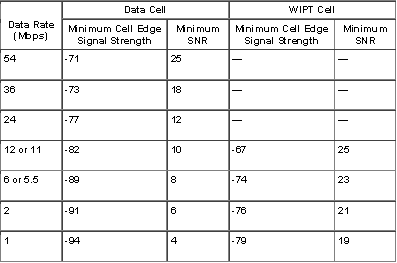
The RF Spectrum page is particularly useful for troubleshooting connectivity issues. The Live tools section can be useful when attempting to determine wireless issues.This can be very useful when troubleshooting wireless throughput. A solid/hollow green circle denotes a gateway unit, a faded green circle is indicative that the unit is currently running as a repeater. APs can be gateways or repeaters which can easily be determined by looking in the top right corner of the image that is displayed on the Monitor > Access Points page.If associated to the wireless network, a wireless client can utilize the local status page by browsing to my. and selecting Client survey tools. Signal strength may be obtained from the event log by looking at the RSSI value.The AP and SSID the events occurred on.RSSI values, which can be interpreted as signal strength.Timestamps for building a timeline of certain events.Some events that should be looked into are as follows: All Enterprise and above Organizations have an event log which can be useful in gathering some information.All Cisco Meraki products have a connectivity graph which can span hours, days, and weeks which allow for quick spotting of outages or any change in device status:.Through the Live Tools and event log network administrators can track a specific device, it's movements and 802.11 state. You can either download the installer (.exe) or the portable version as a ZIP file, which is what I’m using.Dashboard offers a wide variety of ways to gather information about the wireless network. To check the signal strengths of all Wi-Fi networks in your area using Vistumbler, you first need to download the latest version of the app from Github. The latest version of the app is officially available for Windows 10 and earlier but works perfectly fine on Windows 11 as well. However, the one we will use for this tutorial is the free and open-source app Vistumbler.

There are a lot of reliable apps to measure Wi-Fi signal strength on Windows, including Fing ( Free), Wi-Fi Info View ( Free), Wi-Fi Analyzer ( Free), inSSIDer ( Free), and more. For that, you have to resort to third-party apps. While you can gauge your current Wi-Fi signal strength in Windows, there are no native methods in the OS to see the exact strength of all available networks at your location. Method 4: Check Wi-Fi Signal Using Third-party Apps The extended command will filter out the additional info and only show you the percentage that indicates your Wi-Fi signal quality. Doing so will get you the exact same result as the earlier method. You can also use the snippet within the brackets – the same command as the one used in Command Prompt. You will now see the signal quality of your current signal.



 0 kommentar(er)
0 kommentar(er)
